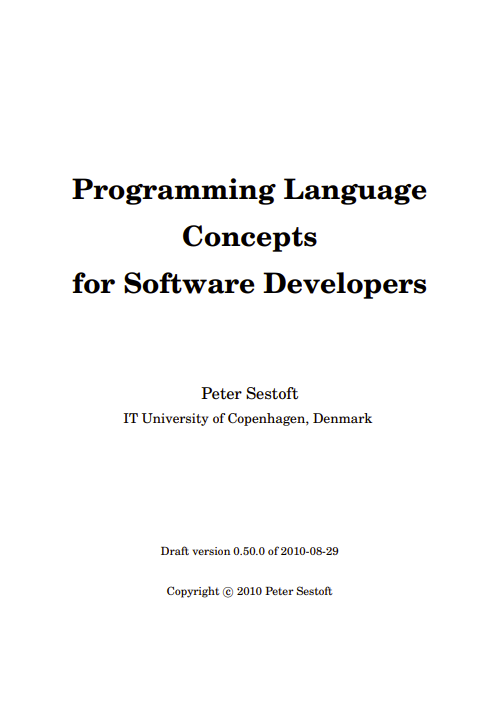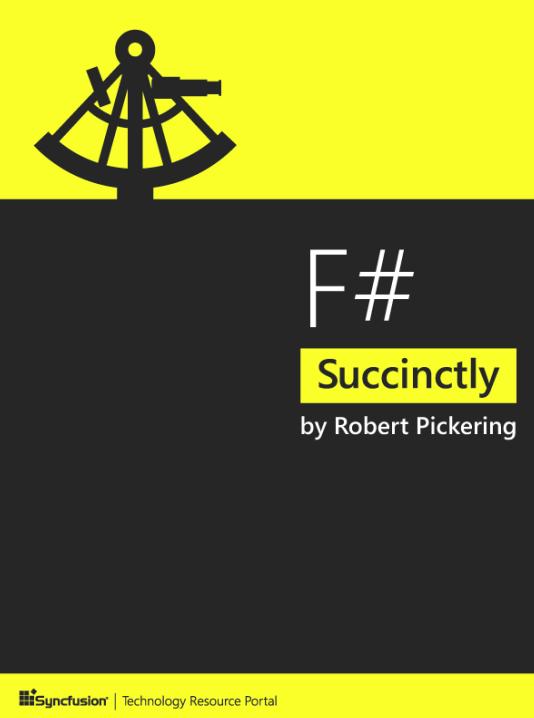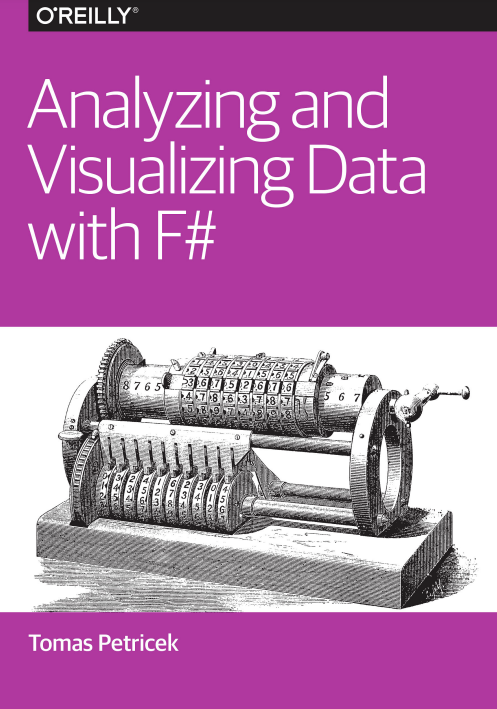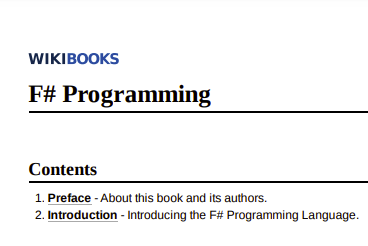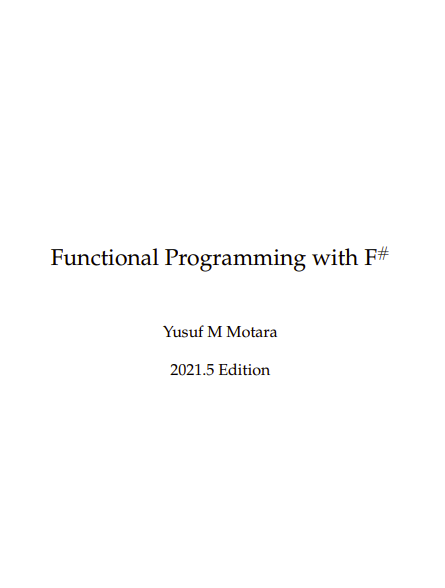This book takes an operational approach to presenting programming language concepts, studying those concepts in interpreters and compilers for a range of toy languages, and pointing out where those concepts are found in real-world programming languages.
What is covered Topics covered include abstract and concrete syntax; functional and imperative; interpretation, type checking, and compilation; continuations and peep-hole optimizations; abstract machines, automatic memory management and garbage collection; the Java Virtual Machine and Microsoft’s Common Language Infrastructure (also known as .NET); and reflection and runtime code generation using these execution platforms.
Some effort is made throughout to put programming language concepts into their historical context, and to show how the concepts surface in languages that the students are assumed to know already; primarily Java or C#.
We do not cover regular expressions and parser construction in much detail. For this purpose, we have used compiler design lecture notes written by Torben Mogensen, University of Copenhagen.
Why virtual machines?
We do not consider generation of machine code for ‘real’ microprocessors, nor classical compiler subjects such as register allocation. Instead the emphasis is on virtual stack machines and their intermediate languages, often known as bytecode.
Virtual machines are machine-like enough to make the central purpose and concepts of compilation and code generation clear, yet they are much simpler than present-day microprocessors such as Intel Pentium. Full understanding of performance issues in ‘real’ microprocessors, with deep pipelines, register renaming, out-of-order execution, branch prediction, translation lookaside buffers and so on, requires a very detailed study of their architecture, usually not conveyed by compiler text books anyway. Certainly, an understanding of the instruction set, such as x86, does not convey any information about whether code is fast and or not.
The widely used object-oriented languages Java and C# are rather far removed from the ‘real’ hardware, and are most conveniently explained in terms of their virtual machines: the Java Virtual Machine and Microsoft’s Common Language Infrastructure. Understanding the workings and implementation of these virtual machines sheds light on efficiency issues and design decisions in Java and C#. To understand memory organization of classic imperative languages, we also study a small subset of C with arrays, pointer arithmetics, and recursive functions.
Why F#?
We use the functional language F# as presentation language throughout to illustrate programming language concepts by implementing interpreters and compilers for toy languages. The idea behind this is two-fold.
First, F# belongs to the ML family of languages and is ideal for implementing interpreters and compilers because it has datatypes and pattern matching and is strongly typed. This leads to a brevity and clarity of examples that cannot be matched by non-functional languages.
Secondly, the active use of a functional language is an attempt to add a new dimension to students’ world view, to broaden their imagination. The prevalent single-inheritance class-based object-oriented programming languages (namely, Java and C#) are very useful and versatile languages. But they have come to dominate computer science education to a degree where students may become unable to imagine other programming tools, especially such that use a completely different paradigm. Our thesis is that knowledge of a functional language will make the student a better designer and programmer, whether in Java, C# or C, and will prepare him or her to adapt to the programming languages of the future.
For instance, so-called generic types and methods appeared in Java and C# in 2004 but has been part of other languages, most notably ML, since 1978. Similarly, garbage collection has been used in functional languages since Lisp in 1960, but entered mainstream use more than 30 years later, with Java.
Appendix A gives a brief introduction to those parts of F# we use in the rest of the book. The intention is that students learn enough of F# in the first third of this course, using a textbook such as Syme et al.
